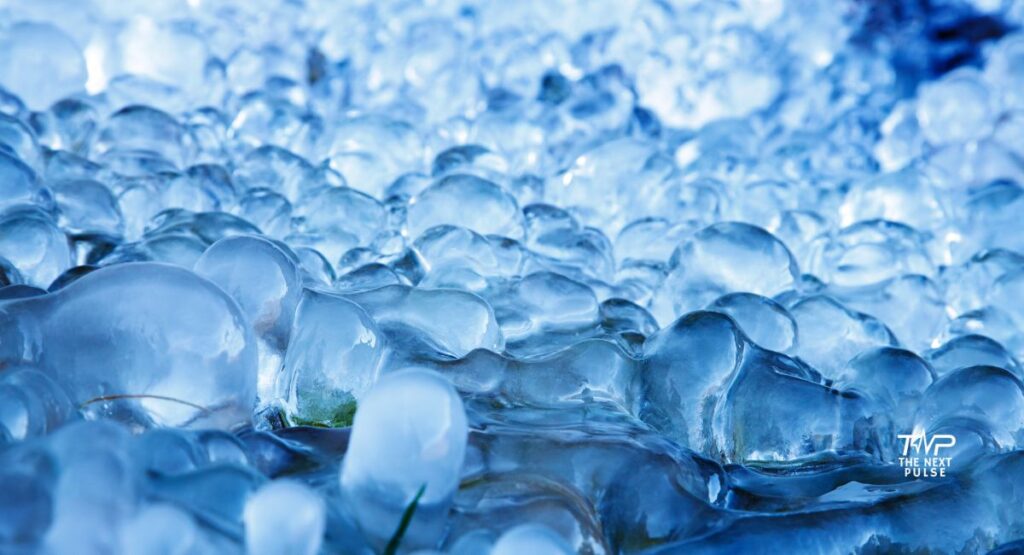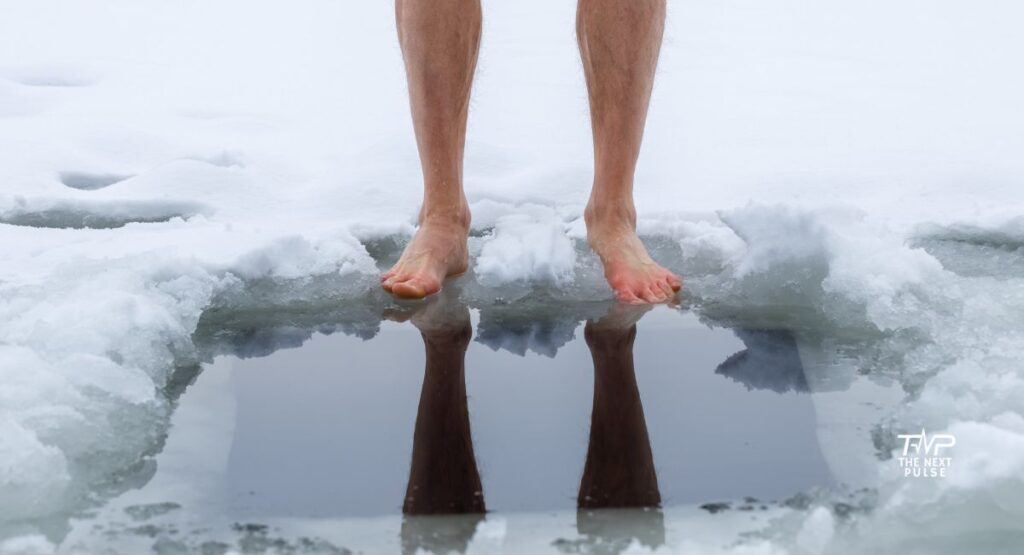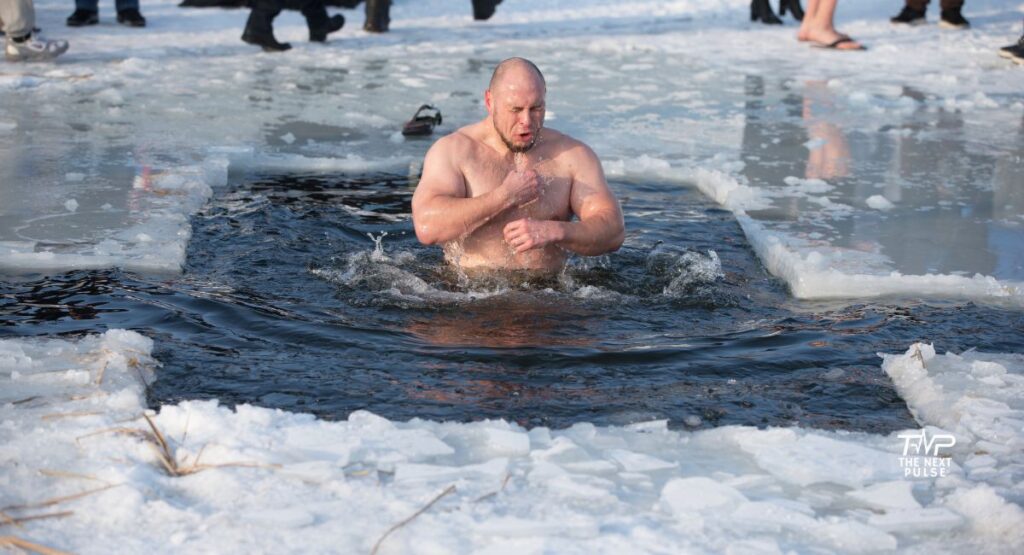I’ve tried cold plunges myself. The first time I stepped into icy water, my chest tightened, and I could barely breathe. But after 60 seconds, something shifted — I felt more awake, calmer, and strangely proud. That’s experience.
Now, let’s add expertise. Sports doctors, physiologists, and health researchers have studied cold-water immersion for decades. Some findings are solid. Others are mixed or overhyped. Authoritativeness means comparing both sides — what real athletes, wellness experts, and medical research say. And trustworthiness? It’s giving you the honest truth: cold plunges can be amazing for some, risky for others, and completely unnecessary for many.So, is a cold plunge really good for your health — or just another chilly Instagram trend? Let’s find out.

The Recovery Paradox: Faster Healing vs. Slower Gains
Why Athletes Swear by Ice
Cold plunges help reduce muscle soreness and inflammation. Endurance athletes and runners often use them to bounce back faster. Studies show short dips in cold water can lower delayed onset muscle soreness (DOMS).
The Hidden Trade-Off
Here’s what most blogs don’t mention: Cold plunges right after strength training can blunt muscle growth. That’s because inflammation — while uncomfortable — is part of the process that helps your muscles adapt and grow stronger.
The Bottom Line for Recovery
If you’re training for endurance or just want to feel less sore, plunges help. If your goal is muscle size and strength, you may want to wait a few hours after lifting before jumping in.
Beyond the Buzz: The Mental Highs (and Lows)
The Dopamine Hit Nobody Talks About
Cold water doesn’t just shock your body. It also sparks a massive release of dopamine — a feel-good chemical linked to focus and motivation. Some studies suggest this spike can last for hours.
But It’s Not All Zen
Cold shock can cause hyperventilation and panic in some people. If you have anxiety or breathing problems, it can actually make things worse.
Training the Mind as Much as the Body
Think of cold plunges as mental strength training. Every time you choose to sit in icy water, you practice resilience against stress. That’s powerful — but it’s not for everyone. Natural ways to reduce stress

Cold Plunge Economics — Health Tool or Status Symbol?
The $5,000 Tub vs. the $5 Ice Bath
Wellness companies sell high-tech cold plunge tubs that cost thousands. But you can get the same effect with a regular bathtub, a garden barrel, or a few bags of ice.
Who’s Cashing In on the Cold?
From influencers to biohacking brands, cold plunges are a booming industry. Like many health trends, there’s money in turning a simple idea into a luxury product.
The Simple DIY Option
Fill your tub with cold water. Add a few bags of ice if needed. That’s it. No need to go broke chasing a trend.
Tradition vs. Trend
Ancient Roots
Nordic cultures have practiced winter swimming for centuries. In Japan, the Shinto ritual of misogi uses cold water for spiritual cleansing. Russia has long embraced icy dips after sauna sessions.
Silicon Valley Spin
Today, the cold plunge has become a status symbol on Instagram. Think influencers posing with their branded tubs and timers.
What Each Approach Gets Right and Wrong
Traditional cultures see cold as a way to build resilience and community. Modern wellness often sells it as a solo productivity hack. Both are missing a piece of the truth — it can be both ancient wisdom and a trendy flex.

Safety: The Part No One Wants to Post on Instagram
The Real Dangers of Cold Shock
The first seconds in cold water can trigger:
- Uncontrolled gasping
- Rapid heart rate and blood pressure spikes
- Risk of fainting or drowning
Who Should Avoid Cold Plunges
- People with heart disease or uncontrolled high blood pressure. The Health Benefits and Risks of Cold Water Immersion
- Pregnant women
- Anyone with circulation issues or breathing disorders
A Safe Beginner’s Checklist
- Start with 30–60 seconds in cool (not freezing) water: 10–15°C (50–59°F).
- Don’t stay longer than 3–5 minutes.
- Never plunge alone.
- Warm up gently afterward with clothes, not scalding water.
So, Who Really Benefits?
The Athlete
Cold plunges can speed recovery after endurance workouts — but strength athletes should time them carefully.
The Busy Professional
A short plunge can be a natural energy boost and stress reliever.
The High-Risk Health Case
If you have heart, blood pressure, or breathing issues, skip it. Talk to your doctor about safer alternatives like contrast showers or light sauna use.
The Final Word: Health Boost or Trendy Chill?
Cold plunges aren’t magic. They’re a tool — powerful for some, unnecessary or risky for others. They can boost mood, speed recovery, and train mental resilience. But they can also be expensive hype or even dangerous if you ignore safety. So ask yourself: Are you plunging for performance, mental grit, or just an Instagram photo? Your answer determines whether cold plunges are health gold — or just a chilly trend.
Want to naturally enhance your body’s resilience? Pair your cold plunge routine with nutrient-rich immune system boosting foods
FAQ
1. Is a cold plunge really safe for everyone?
Not everyone. People with heart conditions, high blood pressure, asthma, or circulation issues should check with their doctor first.
2. How often should you do a cold plunge?
Most experts recommend 2–4 times per week. Daily plunges are fine if your body tolerates it, but rest days help avoid over-stressing the body.
3. Can cold plunges help with weight loss?
Cold exposure can increase calorie burning and activate brown fat, but it’s not a magic fix. It should be combined with diet and exercise.
4. Do cold plunges really boost mental health?
Yes. Studies suggest cold plunges can lower stress, boost dopamine, and improve resilience to anxiety. Many people report feeling calm and energized after.
5. What’s better — a cold shower or a cold plunge?
Both have benefits. Cold showers are easier and safer for daily use, while plunges provide a stronger effect for recovery and stress adaptation.
